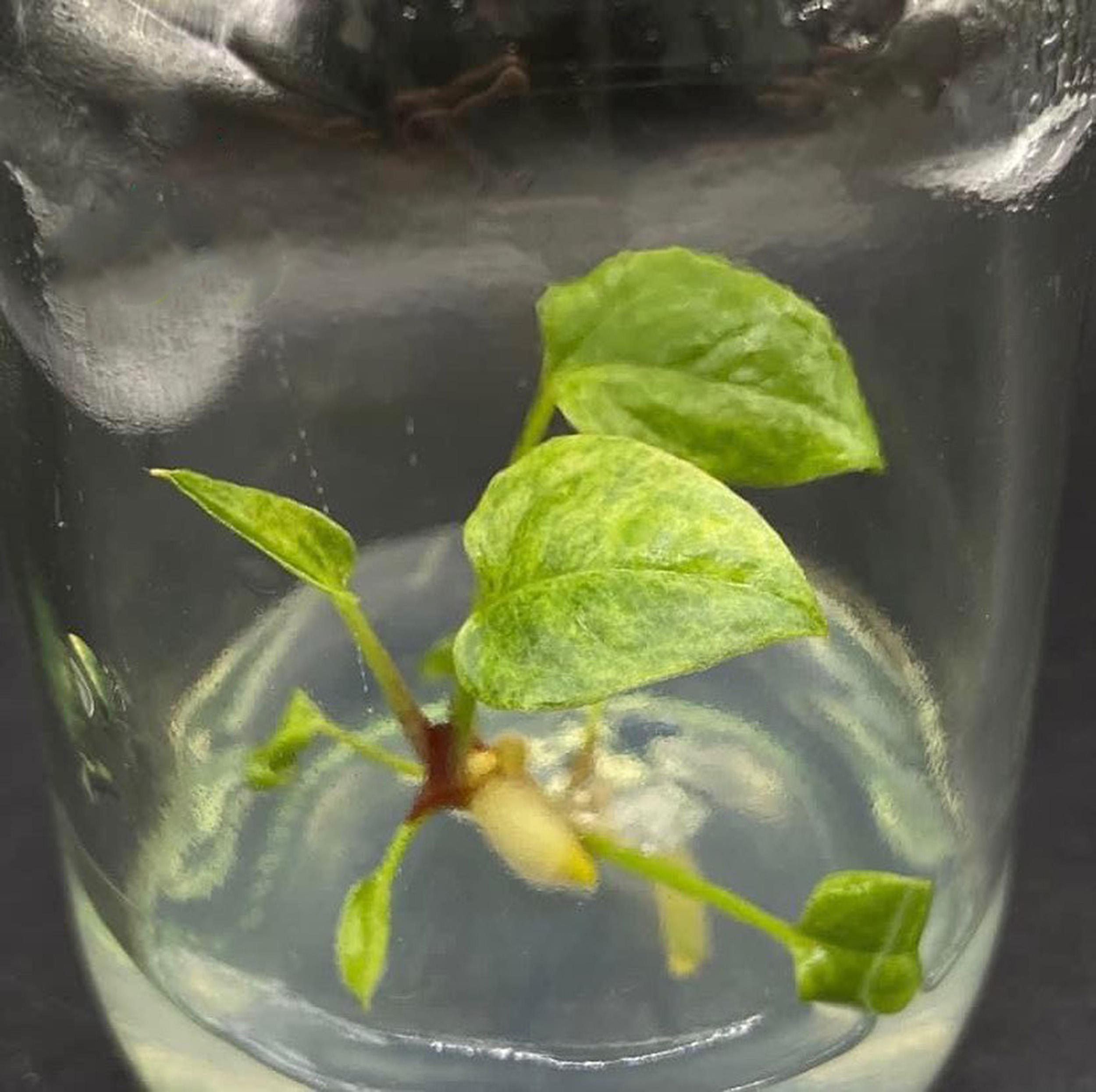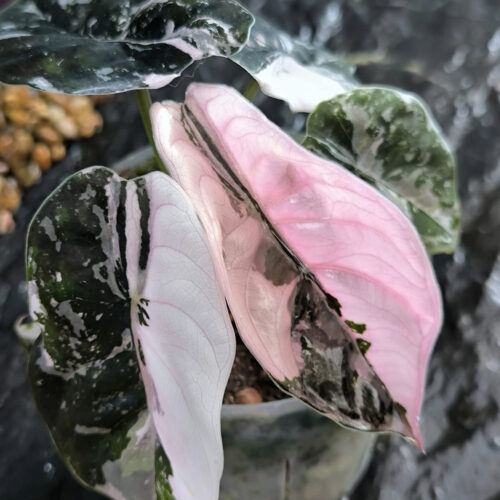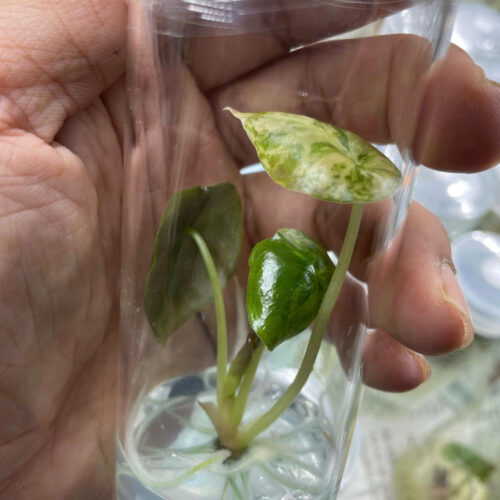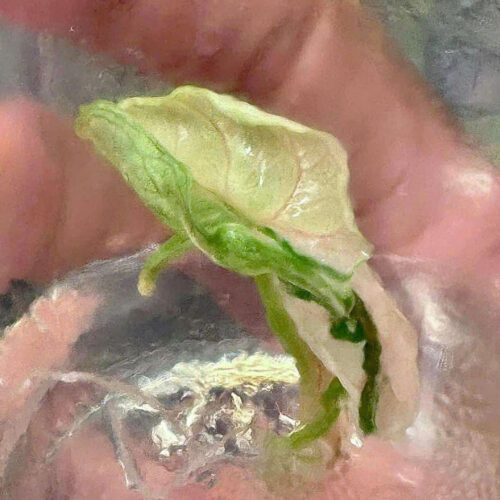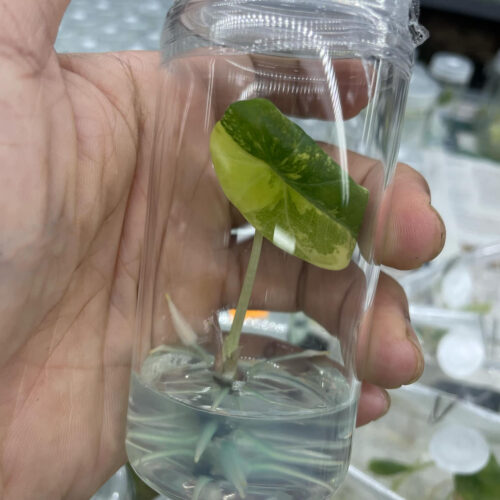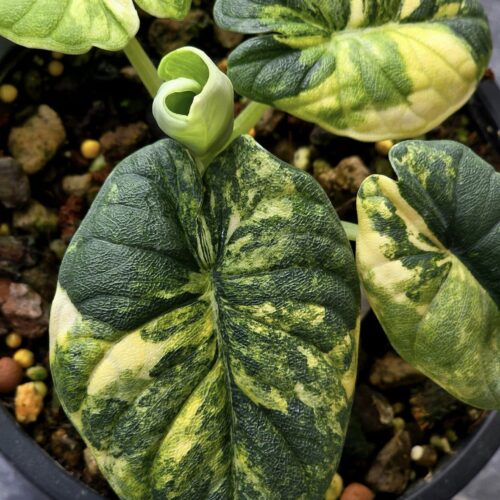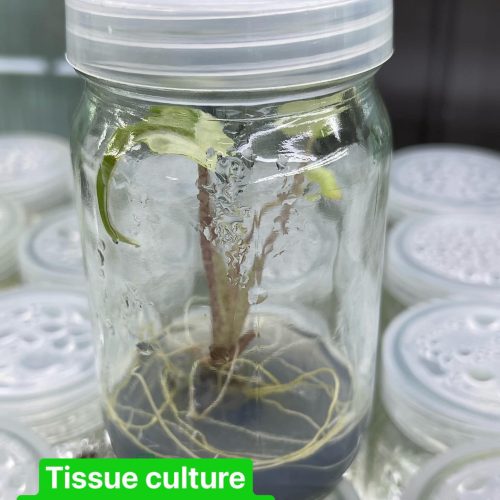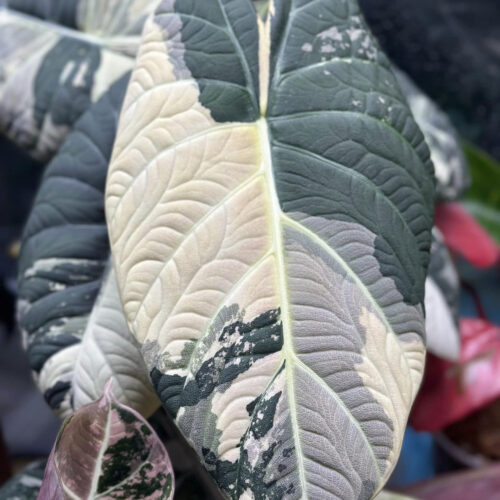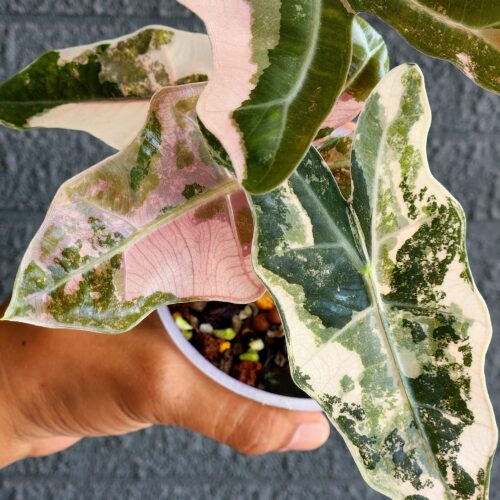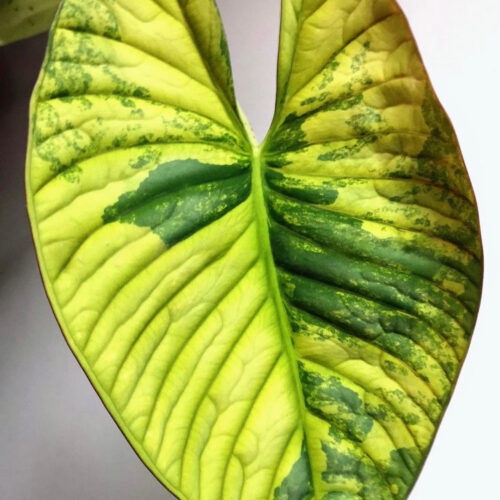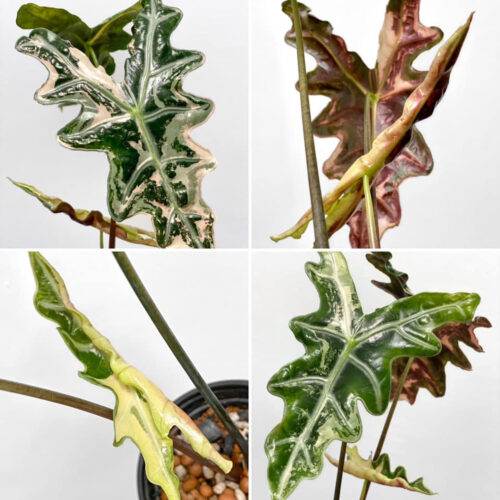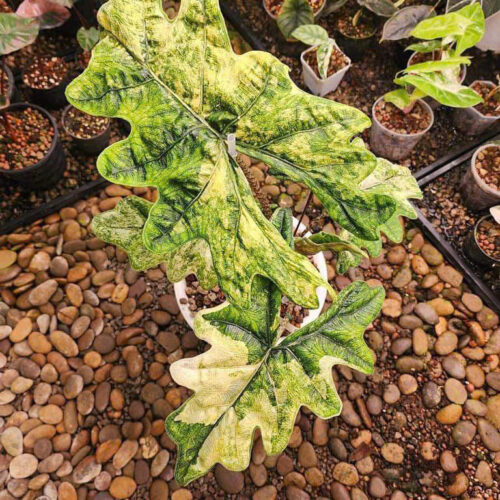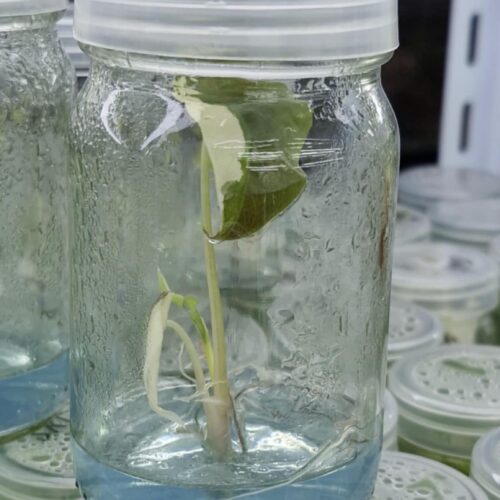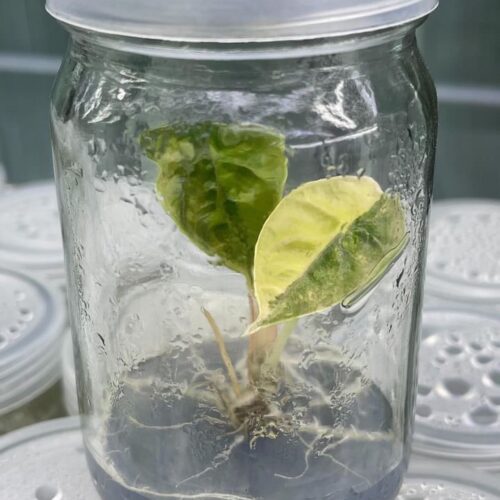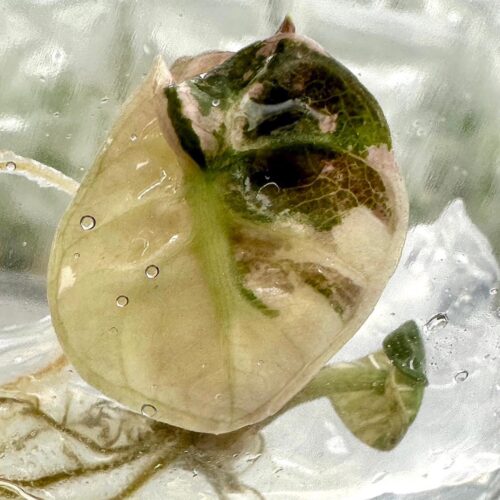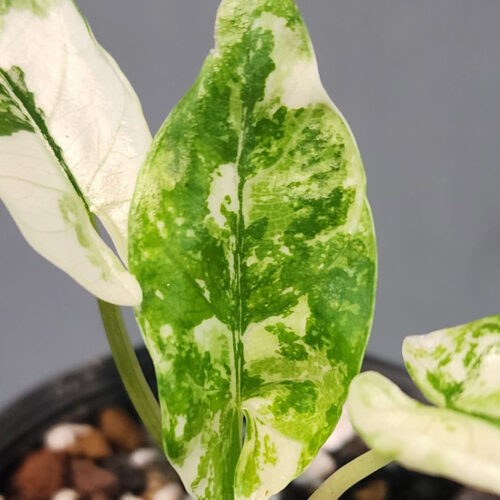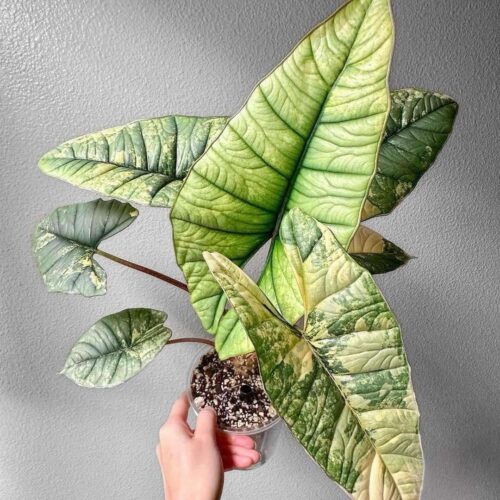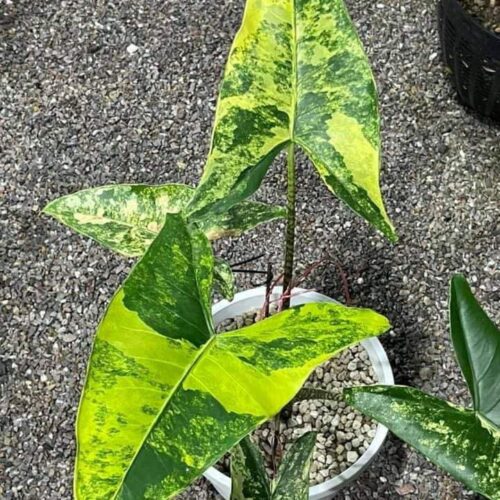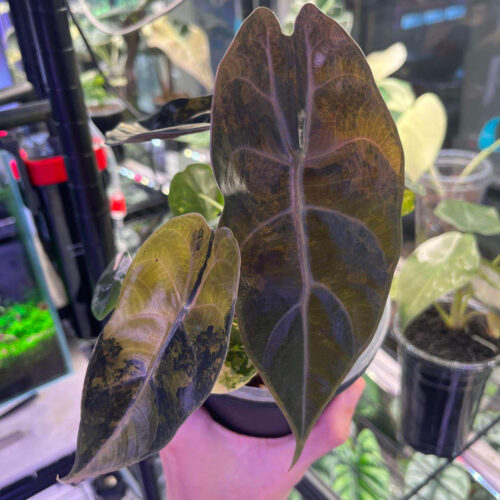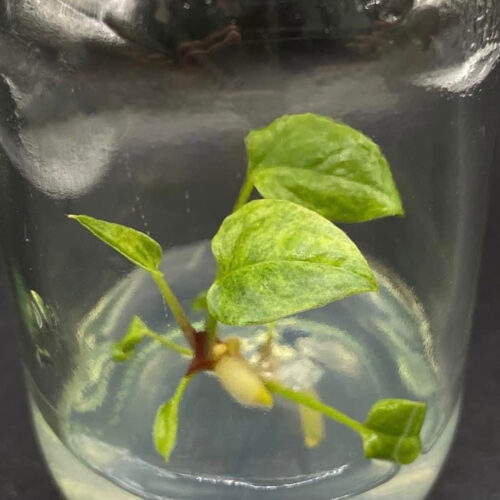Tissue culture plants are grown in a controlled environment, where humidity plays a critical role in their growth and development. The right humidity level can ensure that the plants thrive and establish roots. However, maintaining the right humidity level can be challenging, and failure to do so can lead to stunted growth or even death of the plants. In this article, we will discuss the importance of humidity for tissue culture plants, ways to measure and regulate humidity levels, and the benefits of maintaining optimal humidity levels.
Introduction to Tissue Culture Plants
Tissue culture plants are grown in a laboratory setting, where the environment is controlled to ensure optimal growth conditions. Tissue culture is a process that involves growing plant cells, tissues, or organs in a laboratory under controlled conditions. It offers several advantages over traditional plant propagation methods, including the production of large numbers of identical, disease-free plants in a short period. However, tissue culture plants require specific care to establish roots and grow into healthy plants.
Importance of Humidity for Tissue Culture Plants
Humidity is a crucial factor in the growth and development of tissue culture plants. The right humidity level can help the plants establish roots and grow into healthy plants. Humidity affects the rate of transpiration, which is the process by which plants lose water from their leaves. A high humidity level reduces transpiration, which can help tissue culture plants conserve water and grow faster.
Measuring Humidity for Tissue Culture Plants
Measuring humidity levels in a tissue culture environment is essential to ensure optimal growth conditions. Here are some ways to measure humidity levels:
Hygrometer
A hygrometer is a device that measures the relative humidity in the air. It is an essential tool for measuring humidity levels in a tissue culture environment.
Dew Point Calculator
A dew point calculator is a device that calculates the dew point temperature, which is the temperature at which water vapor condenses into liquid water. It can be used to determine the relative humidity in a tissue culture environment.
Psychrometer
A psychrometer is a device that measures the relative humidity in the air. It consists of two thermometers, one of which is covered with a wet cloth. The difference in temperature between the two thermometers is used to calculate the relative humidity.
Regulating Humidity for Tissue Culture Plants
Regulating humidity levels in a tissue culture environment is critical to ensure optimal growth conditions. Here are some ways to regulate humidity levels:
Misting
Misting is the process of spraying water into the air to increase humidity levels. It is a simple and effective way to regulate humidity levels in a tissue culture environment.
Humidifier
A humidifier is a device that increases humidity levels by adding moisture to the air. It is an effective way to regulate humidity levels in a tissue culture environment.
Ventilation
Proper ventilation can help regulate humidity levels by allowing excess moisture to escape from the tissue culture environment.
Benefits of Maintaining Optimal Humidity Levels
Maintaining optimal humidity levels in a tissue culture environment can have several benefits, including:
- Faster growth and development of tissue culture plants
- Reduced risk of disease or pest infestations
- Consistent and uniform growth of tissue culture plants
- Increased root development and establishment
- Improved survival rates of tissue culture plants
Where to buy tissue culture plants? Benefits from importing plants from Thailand
- Shipping: Door to door shipping, fast and safe with Dragon Courier
- Biodiversity: Thailand is known for its rich biodiversity, including a wide variety of aroid species. This diversity allows importers to access a broad range of unique and exotic aroid plants.
- Quality and Health of Plants: The suitable climate helps the plants grown here stay healthy and of high quality.
- Cost-Effectiveness: Due to favorable growing conditions and efficient production methods, Thai aroid plants can often be more cost-effective compared to those from other countries.
- Access to Hybrid Varieties: Thai growers are often involved in the development of new hybrid aroid varieties, offering unique plants that may not be available from other sources.
Tissue culture plants species are the most sought after by aroid plant lovers
Conclusion
In conclusion, maintaining optimal humidity levels is essential for the growth and development of tissue culture plants. Humidity affects the rate of transpiration, and the right humidity level can help tissue culture plants conserve water and grow faster. Measuring and regulating humidity levels are critical to ensuring optimal growth conditions. Benefits of maintaining optimal humidity levels include faster growth and development, reduced risk of disease or pest infestations, consistent and uniform growth, increased root development and establishment, and improved survival rates. It is crucial to pay attention to humidity levels when growing tissue culture plants to ensure their success.
FAQs
- What is the optimal humidity level for tissue culture plants?
The optimal humidity level for tissue culture plants is between 70% and 80%. - Can low humidity levels harm tissue culture plants?
Yes, low humidity levels can lead to stunted growth or even death of tissue culture plants. - How can I measure humidity levels in a tissue culture environment?
You can measure humidity levels using a hygrometer, dew point calculator, or psychrometer. - How can I regulate humidity levels in a tissue culture environment?
You can regulate humidity levels by misting, using a humidifier, or providing proper ventilation. - What are the benefits of maintaining optimal humidity levels for tissue culture plants?
Benefits include faster growth and development, reduced risk of disease or pest infestations, consistent and uniform growth, increased root development and establishment, and improved survival rates.
Visit our store HERE

